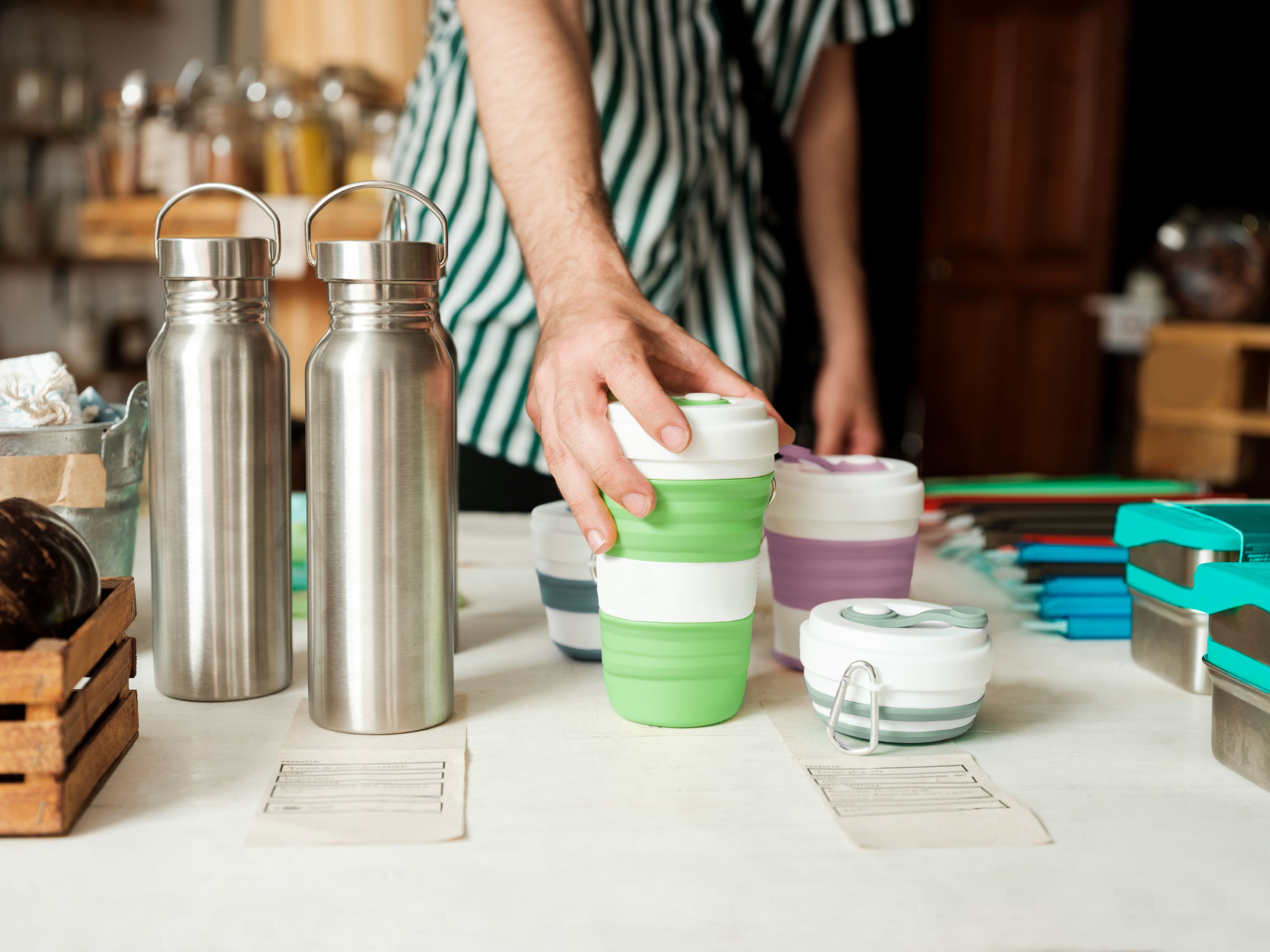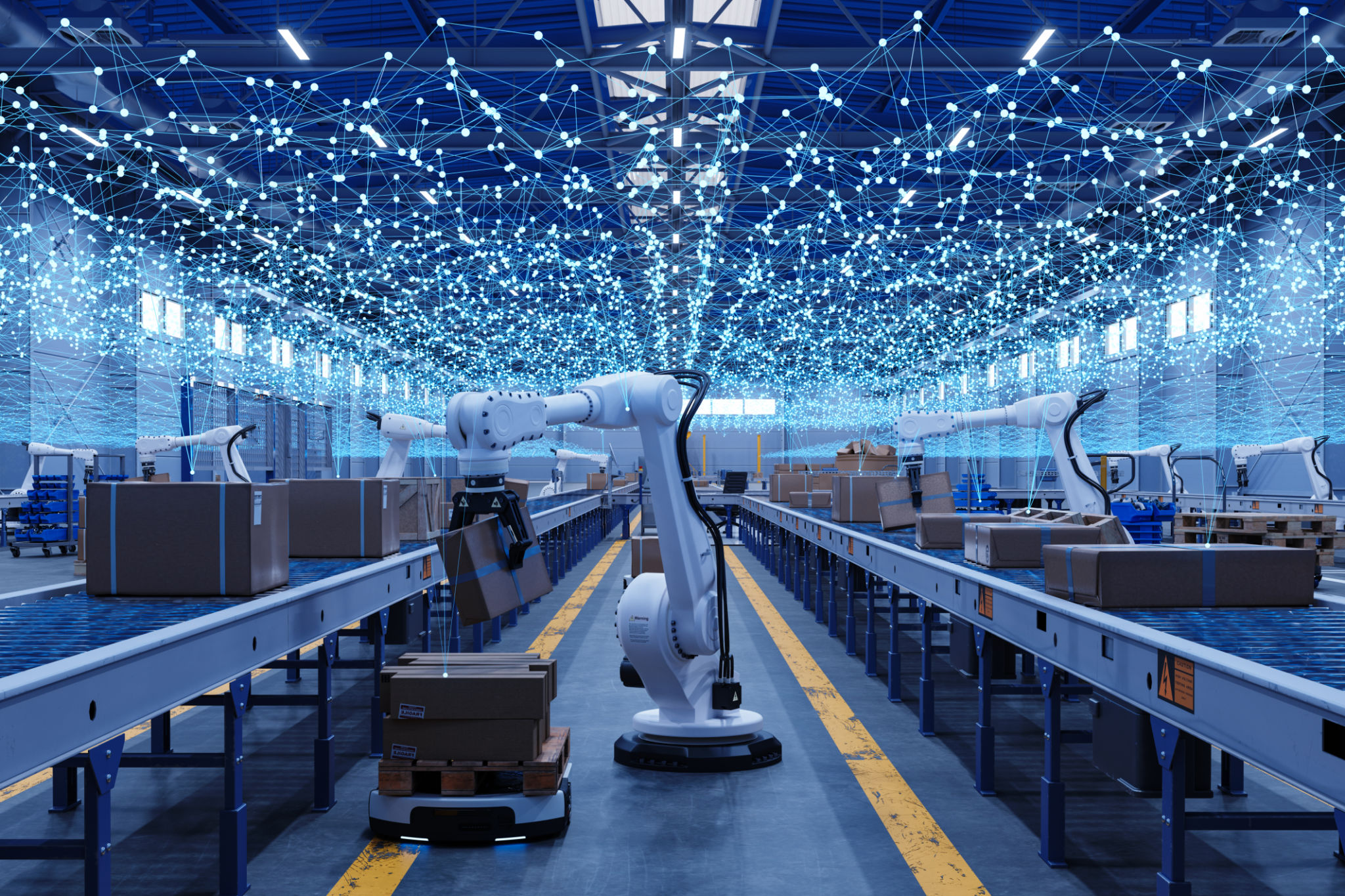Exploring the Latest Trends in Innovative Product Design
Embracing Minimalism
One of the most significant trends in innovative product design is the shift towards minimalism. This approach emphasizes simplicity and functionality, stripping away unnecessary elements to focus on what truly matters. Designers are creating products that are not only aesthetically pleasing but also offer a seamless user experience.

Minimalism in design often involves clean lines, monochromatic color palettes, and intuitive interfaces. This trend is particularly prevalent in consumer electronics, where the form meets function in the most elegant ways. The goal is to create products that are easy to use, reducing the cognitive load on users.
Sustainability and Eco-Friendly Design
As environmental awareness grows, sustainability has become a crucial aspect of product design. Companies are now prioritizing eco-friendly materials and production processes. This trend not only helps reduce the carbon footprint but also resonates with environmentally conscious consumers.
Designers are exploring innovative materials such as biodegradable plastics, recycled metals, and organic fabrics. Moreover, the focus is on creating products that are durable and long-lasting, reducing the need for frequent replacements.

Integration of Smart Technology
The integration of smart technology into product design is another trend gaining momentum. From smart home devices to wearable tech, products are becoming more connected and intelligent. This trend is driven by the Internet of Things (IoT), which allows devices to communicate with each other and the user seamlessly.
Smart technology enhances the functionality of products, offering personalized experiences and greater control. For instance, smart thermostats learn user preferences to optimize energy consumption, while wearable fitness trackers provide real-time health data.

User-Centric Design
User-centric design focuses on creating products that cater to the specific needs and preferences of the end user. This approach involves extensive research and testing to ensure that the product meets user expectations. The result is a more satisfying and engaging user experience.
Designers are employing techniques such as user feedback sessions, prototyping, and usability testing to refine their products. By prioritizing the user experience, companies can build stronger connections with their customers and foster brand loyalty.

Customization and Personalization
In today's market, consumers are looking for products that reflect their individuality. Customization and personalization have become key trends, allowing users to tailor products to their preferences. From personalized phone cases to customizable sneakers, the possibilities are endless.
Advancements in technology, such as 3D printing, have made it easier for companies to offer customization options. This trend not only enhances customer satisfaction but also adds a unique value proposition to products.
Conclusion
The landscape of product design is continually evolving, driven by technological advancements and changing consumer demands. By embracing trends such as minimalism, sustainability, smart technology, user-centric design, and personalization, companies can create innovative products that stand out in a competitive market.
As we look to the future, it will be exciting to see how these trends will shape the next generation of products, offering new opportunities for designers and businesses alike.
